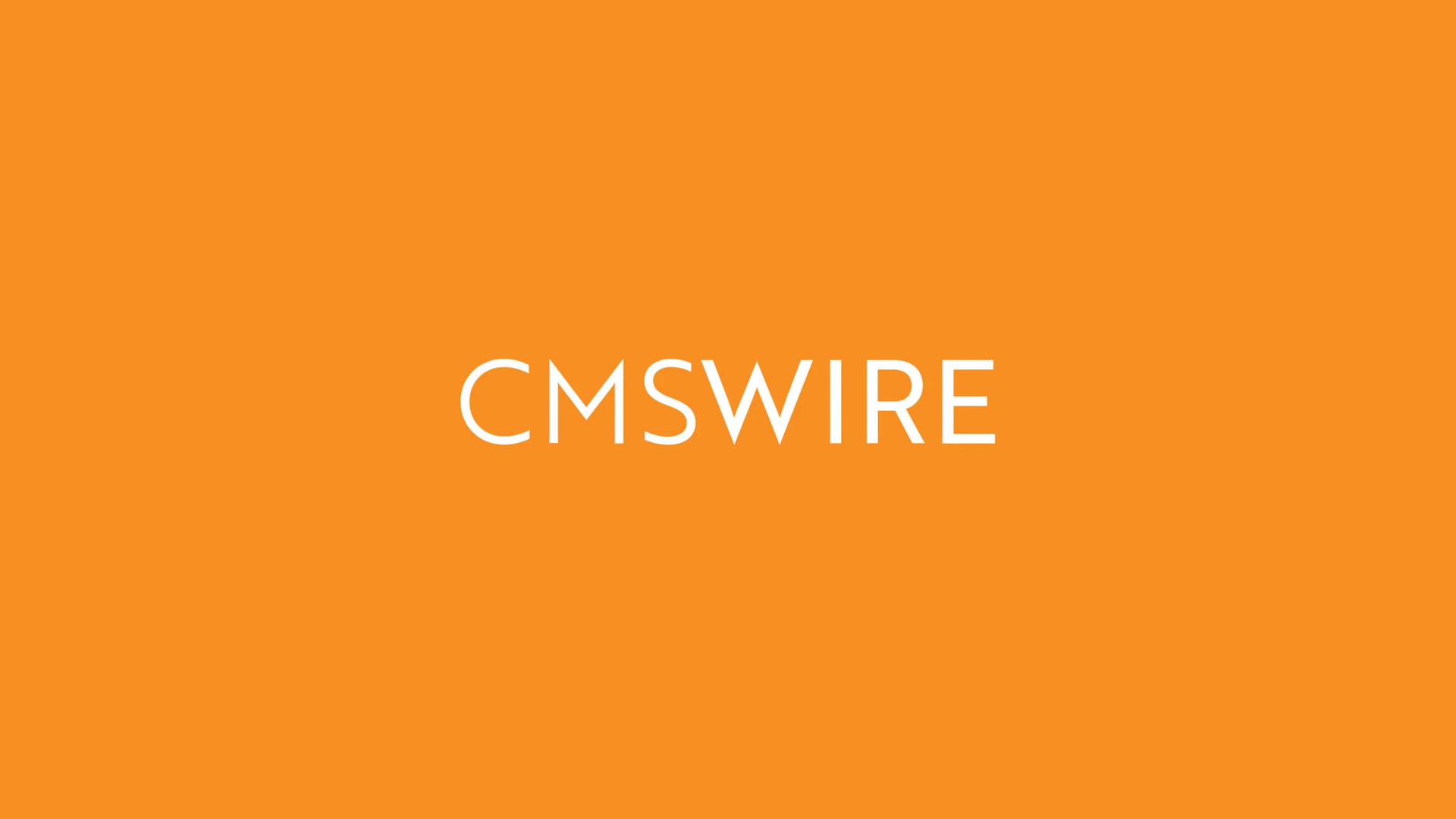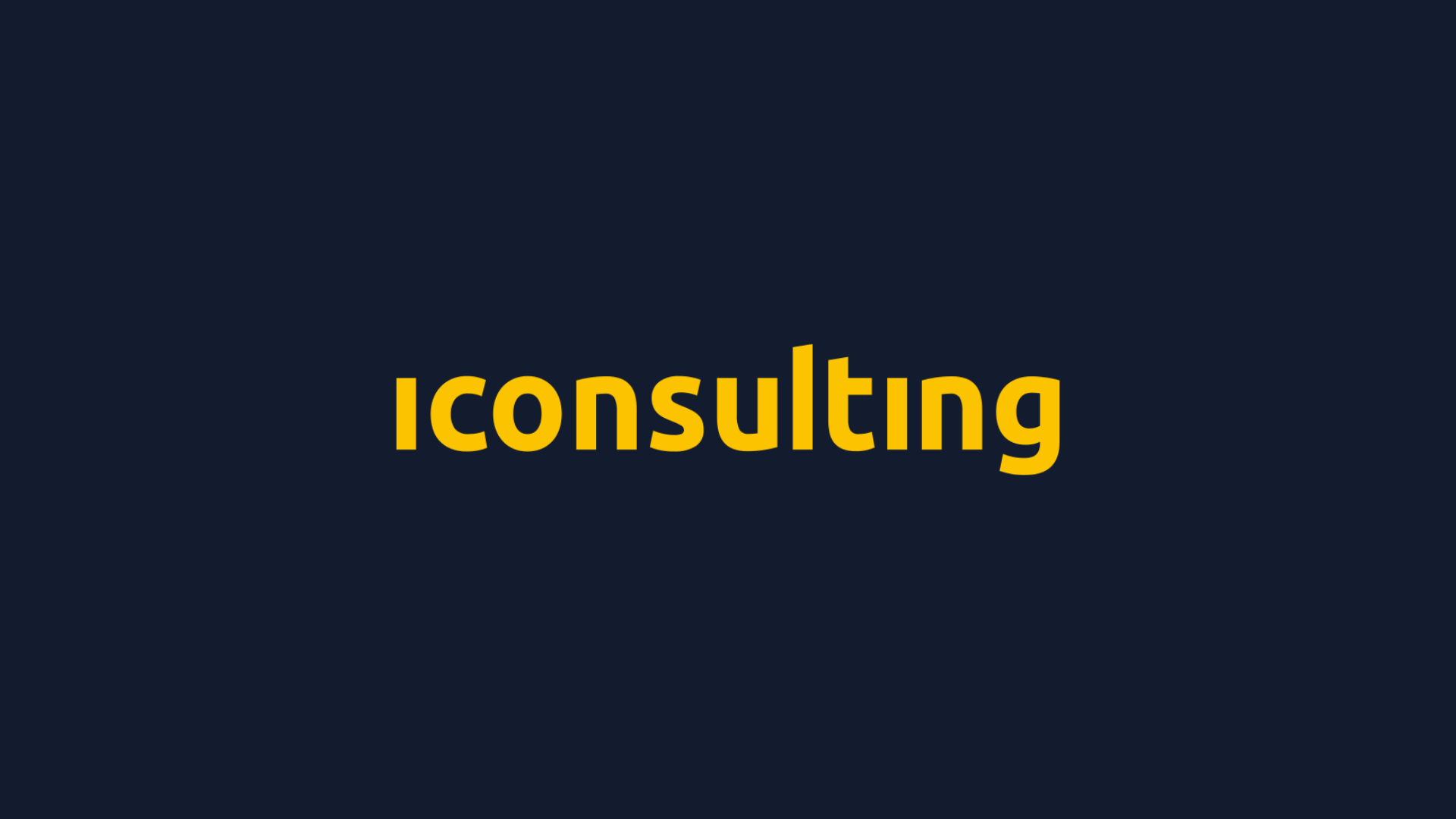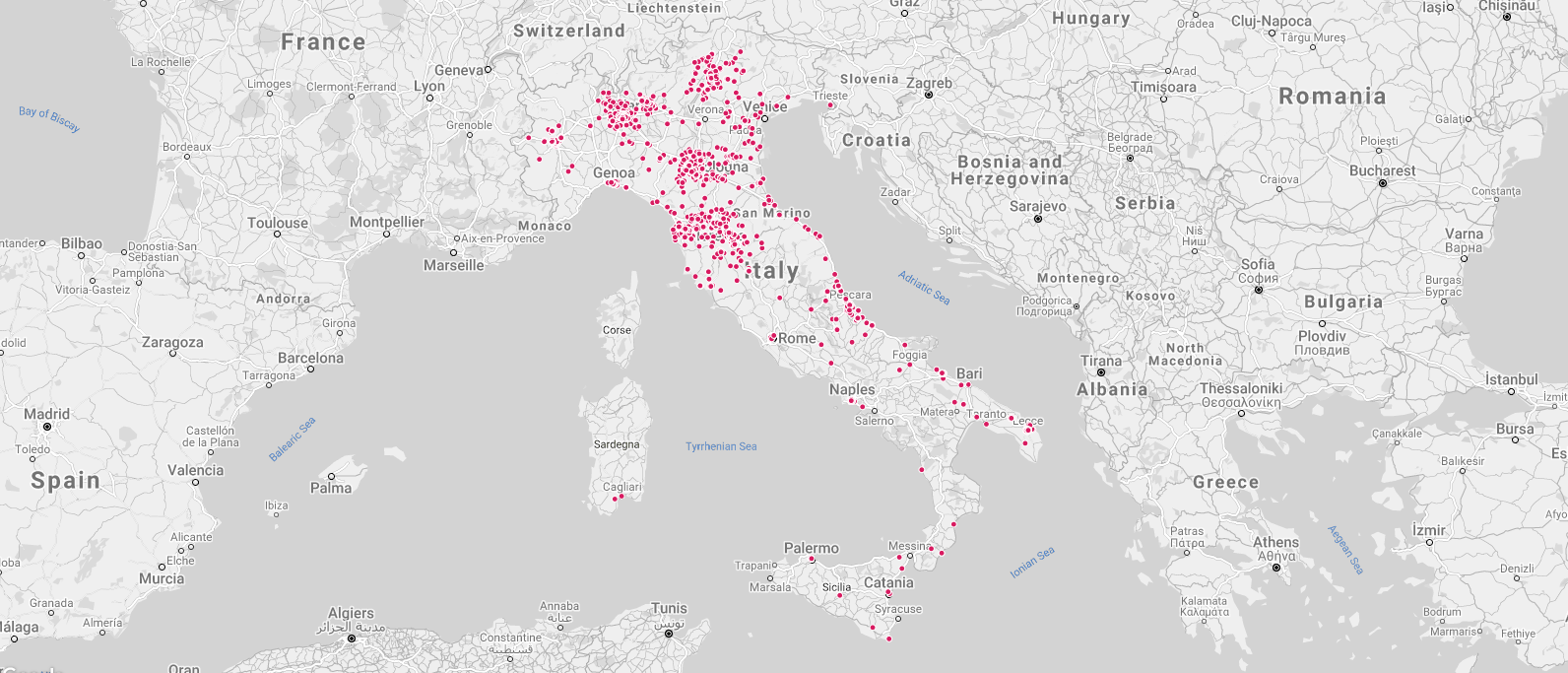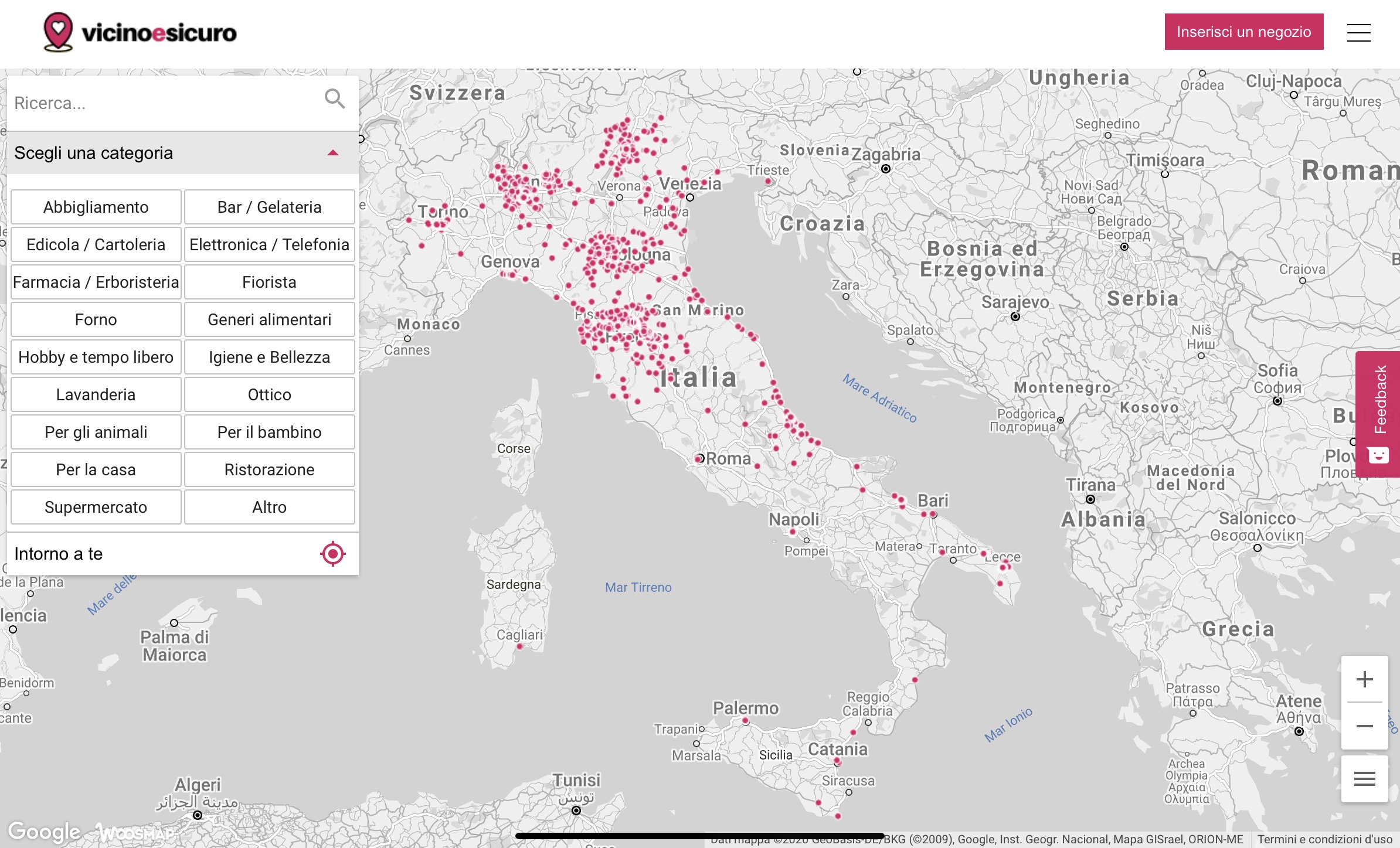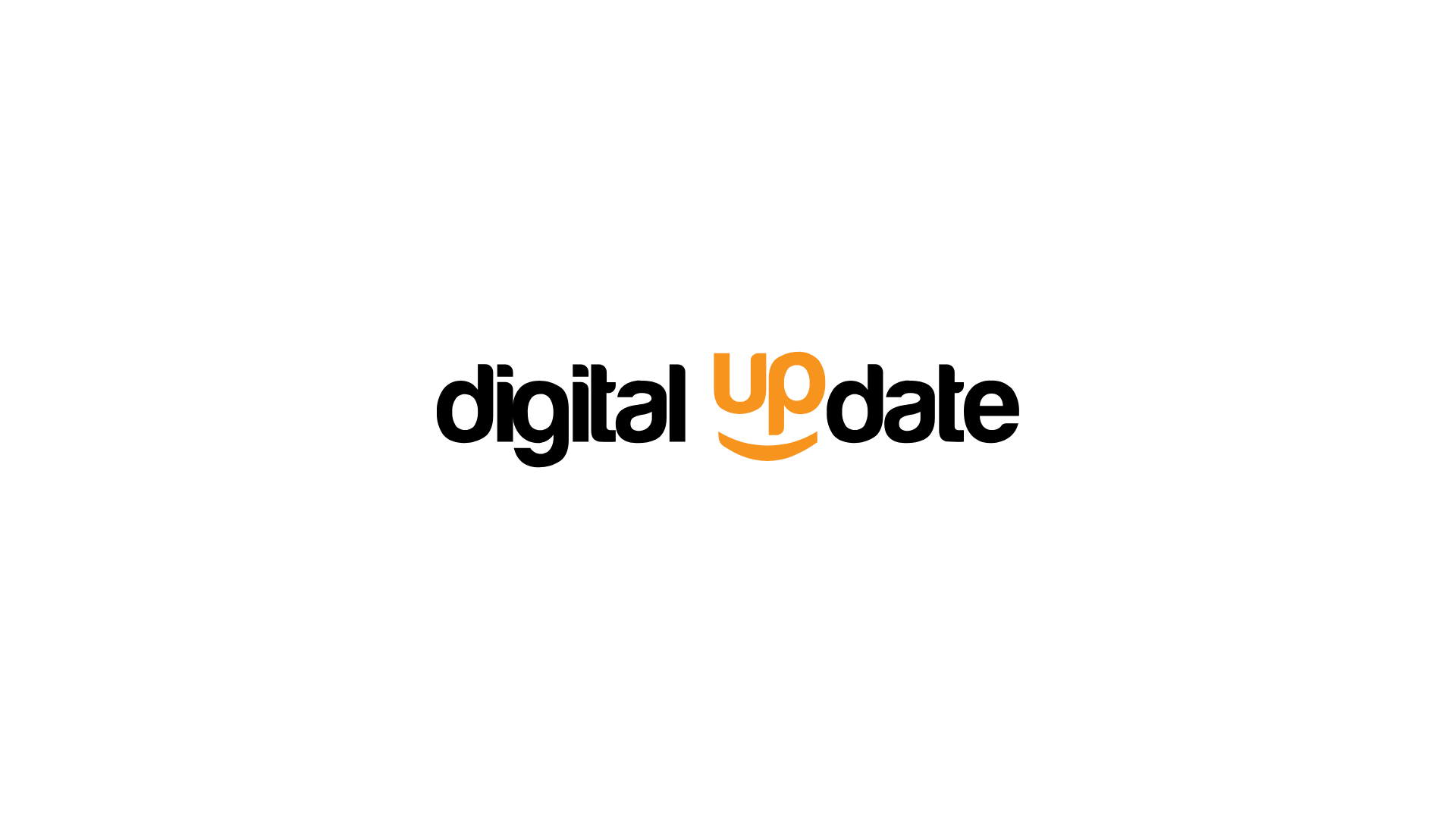A few days before Premier Conte announced phase 2, Iconsulting asked me for a point of view on how MarTech could be an additional weapon against this emergency. Below is the complete translation of the interview.
– – –
During the COVID-19 emergency, marketing and communication have cemented an important role in the global transformation of companies and organisations, which was made even faster and deeper by the emergence of completely new needs.
MarTech (Marketing Technologies) is perfect to carry out such a transformation. Combining marketing and technology, MarTech is a marketer’s best ally to achieve their goals – in the right activities and with the right tools, despite the new complexities of the moment.
In this interview, Daniele Sghedoni – Digital Technologies & Analytics Manager at Benetton Group – tells us how MarTech’s potential and the need to rethink the collaborative dynamics both inside and outside companies have clearly emerged in recent times. Where to start? From welcoming the opportunities offered by new forms of collaboration and an updated approach towards technology providers.
How did you face this period of emergency from a professional point of view?
I considered it a time of growth for me and my team. In the digital sector, we were already used to working remotely with tools such as Slack, Google Drive, Dropbox, etc; the continuity of operations, therefore, was not affected, also because we are a well-knit group. This emergency, however, allowed us to grow in terms of relationships. No longer relying on the coffee break or on having lunch together, I am learning myself to use the telephone a little more than the chat so to ease the absence of in-person meetings. I am following with great interest what is happening after phase 2, which we can consider the moment of truth for home working. At this time, companies and managers must confirm their trust in practices which we were forced to use until recently. Now that we have found out that you can work remotely, will we continue to do so, – at least until some form of social distancing is required?
We left behind us a difficult period of isolation and emergency. How did it change your company? How did you respond to the new needs?
After an initial period of uncertainty due to the succession of new directions from the Government, the company reacted promptly. Indeed, I take this opportunity to thank them for not allowing us to return to the office when lockdown had not yet been announced and we were already missing daily life with colleagues.
Being a retail company, everything changed with the announcement of lockdown. The focus shifted to e-commerce. We tried to set up everything necessary to operate safely on the logistics side – where home working is non-existent – and adapt our strategies based on how individual countries reacted to the spread of this pandemic. We have adjusted online communication, focusing on those products intended for home consumption, shifting investments in advertising based on the virus’ development. On a daily basis, we also took care of keeping customers updated on possible delays of shipments or returns. By accelerating change, we inevitably accelerated some activities that we expected to carry out during the year.
How can MarTech technologies support the country system at this particular moment? What role do you entrust to them?
I have always believed that MarTech has a fundamental role in the transformation of a company, be it internal processes or the adaptation of the customer experience to emerging trends. The world of marketing technology offers the chance to experiment with new low-cost solutions, low project risks and with the great opportunity of making business users independent, offering no-code implementations.
Advertising & Promotion, Content & Experience, Social & Relationships, Commerce & Sales, but also Data and Management. To date, the Marketing Technology Landscape, a resource in the sector, has over 8000 technologies to support any company function and not only the marketing department, as the name might suggest. The result is a very fragmented world, which is why the focus in the adoption phase is mainly on the simplicity of integration with the rest of the solutions already in place.
If it’s true that this pandemic has offered everyone – companies and institutions – the opportunity to accelerate the transformation, MarTech is undoubtedly the right ally to carry it out in times that legacy infrastructures do not allow.
What do you think technology can do in avoiding the risk of “Business Interruption”?
Deliberately leaving out what concerns supply chains and production, which would require a more detailed study, the answer to the risk of business interruption is the Cloud. Platforms such as Google Cloud, Amazon Web Services and Microsoft Azure offer the opportunity to build architectures that are difficult to replicate with an internal infrastructure.
Whether you look at it from a purely IT point of view (scalability, performance, security, SLA, etc) or from a business point of view (automation, AI, deployment speed, etc.), the impact that these platforms have in a process of transformation and, consequently, what they could offer to prevent threats such as a pandemic of this size is undeniable.
The switch from a legacy infrastructure to a Cloud infrastructure certainly cannot happen overnight, just as it is not easy to look beyond the enormous problems that the Coronavirus will cause in the near future, but the hope is that we will be able to see far.
If Google Cloud offers ready-to-use Machine Learning components intended to accelerate developers in integrating visual, linguistic, conversational and structured data skills into their applications, why not start experimenting now and be prepared for when AI will be an integral part of every company’s processes?
In your opinion, what would be the key tools to best face this unprecedented scenario?
Details differ greatly among realities, therefore I do not feel like recommending a set of key tools. On top of that, with over 8000 marketing technologies on the market, it is unlikely you believe that you have found the right solution for your needs. Also it is equally unlikely to evaluate the validity of a solution before its actual adoption.
Instead, I want to focus on the fact that technologies change the consumer journey almost frenetically, to the point that being present in every key point, be it B2B or B2C, is increasingly complicated. Unfortunately, organizations do not change as quickly. This is the reason why collaborative dynamics within companies need to be rethought. We need to open up to new engagement formulas for external collaborators and technology providers.
After MarTech and Cloud, I think Agile is the right word to complete the panel of keywords for an adaptive future. Agile development, agile contracts, agile organization, etc: the streams to which agile methodologies are applied are more and more numerous, therefore I invite everyone to experiment with them!
Can you tell us about the Vicinoesicuro initiative? From what premises was it born?
Vicinoesicuro is a non-profit project created to counter the Coronavirus emergency. It was developed with a group of friends and launched a few hours after lockdown was announced by the Prime Minister Conte on March 9, 2020.
It is an interactive map of all the activities that carry out home deliveries (shops, bars, restaurants, newsstands, laundries and more). Citizens can choose the activity they need, see information on methods and any costs, contact the owner directly.
Initially available only in the province of Reggio Emilia, the project grew rapidly throughout Italy. Given the requests received from other countries, we decided to “free” the code allowing it to be replicated locally in France, Germany and England. This was done also thanks to the collaboration of Google which, believing in the initiative, has provided us with free credits for using Maps.
If you are curious to read how the project has evolved day after day you will find a detailed history in my blog.
What are – if any – the experiences or new practices that we will “take home” after the emergency and that will leave a positive footprint in the future?
From a purely professional point of view, I hope that this new sensitivity towards smart working can change the labour market. I hope it favours remote recruitment as well as new benefits, which can radically change the supply and demand relationship. Joking about it, I wonder if the right opportunity has finally come to return to the recording world by working for some British label!
If I look at society instead, quoting the theatre writer Emanuele Aldrovandi, “when I read that we will come out better, or that it will be an opportunity to rethink this or that, there is always my doubting side that lights up like the red light of an engine failure.”
We forget things too often and too quickly. If this were to happen even when the Coronavirus emergency is over, it would be good on the one hand, as it would mean that we have definitively left it behind us. On the other, it would be bad as the emergency will not have led to permanent solutions and will have simply distracted us from the real problems of the 21st century, meaning climate change and social cohesion, which is increasingly disintegrating. In the good and the bad, sooner or later we will return to being what we were before.
You are the new father of little Giacomo, to whom one day you will talk about this difficult moment. If today you had to choose 3 words that you will use to describe it to him, which ones would you choose?
The first is “together“: it would be reckless to say that this pandemic will have aftermaths for months, leaving someone behind. Yet, to date, the community has taken steps to ensure that no one is left behind. I am thinking of the voluntary associations that have allowed small traders to deliver home to the elderly; artists who have encouraged fundraising for those behind the scenes; freelancers who have helped teachers and families with remote lessons without asking for compensation; to colleagues who donated holiday days to those who had no choice but redundancy.
The second is “quietly“: I really appreciated those who expressed their opinion without shouting, facing a situation that was new for everyone and therefore difficult to interpret. Be it politicians, local administrators or private entrepreneurs, I appreciated those who preferred facts to words, focusing their communication on what could be of real value for people, also in regards to the sudden change I mentioned above.
Finally, “speed“. Us working in innovation every day, we have a mantra to keep in mind: “People resist the change they don’t understand”, as Marco Calzolari says. In the company, as in society, change can take forever. Coronavirus didn’t give us time and things simply happened overnight: home delivery, home working; the new intensive care funded by the crowdfunding campaign of Chiara Ferragni and Fedez was built in just 8 days, the 35km of cycle paths in Milan, etc.



